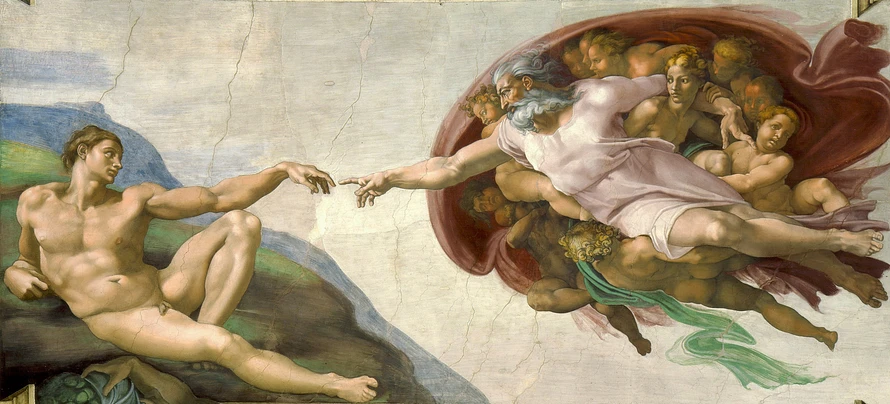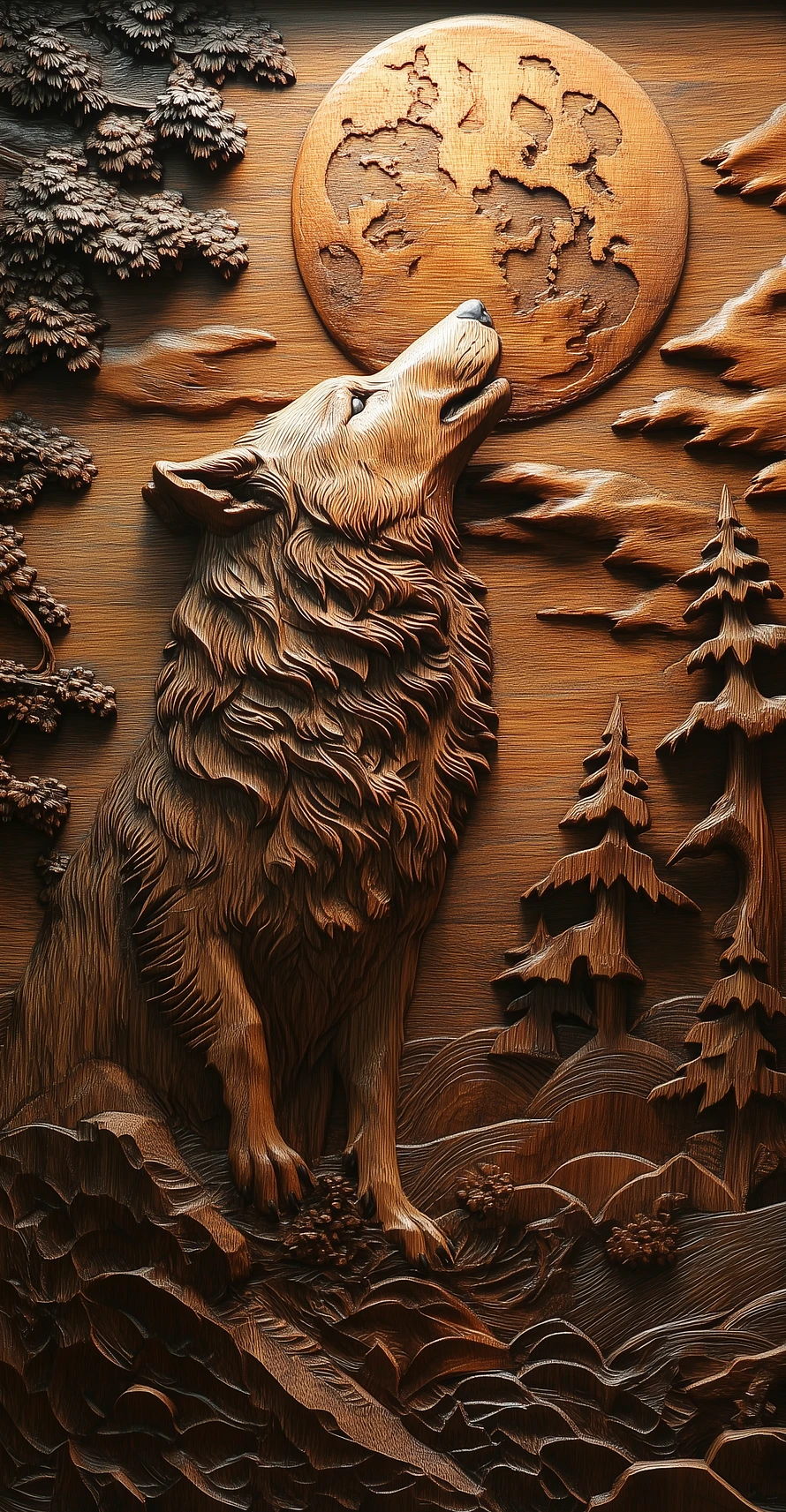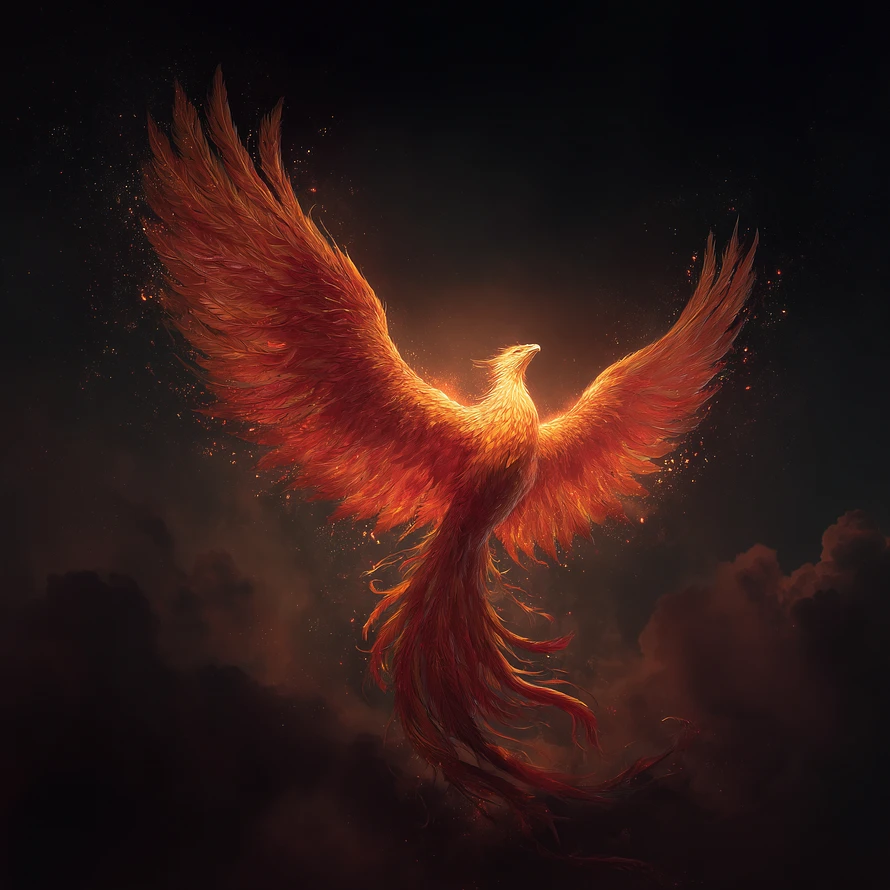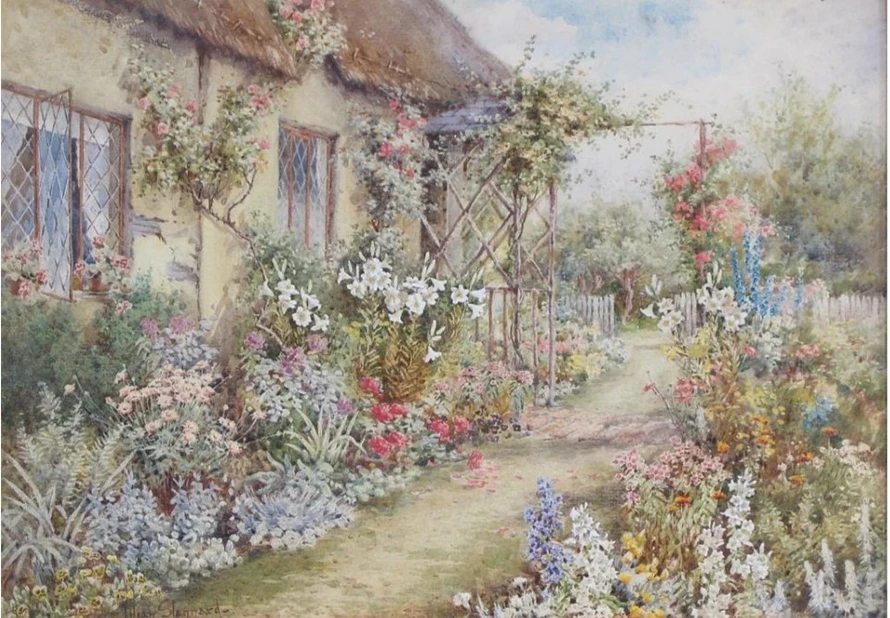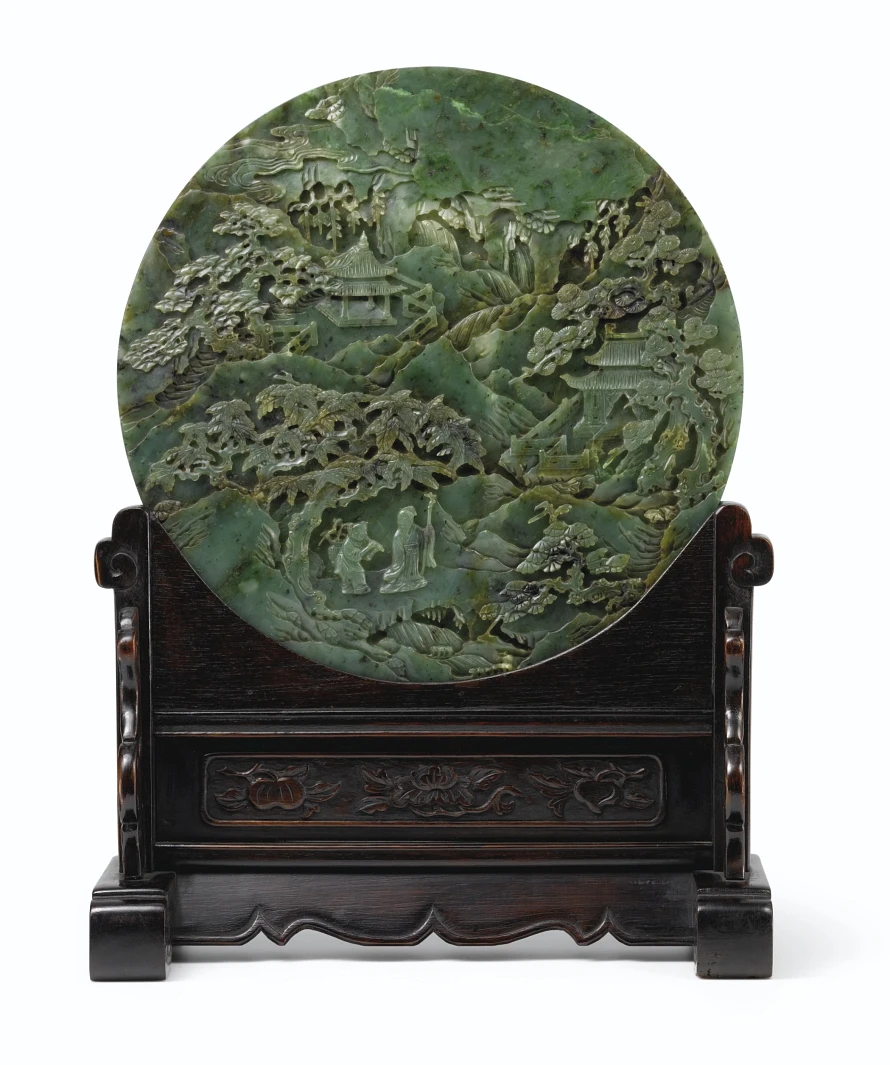Touching Eternity: Michelangelo's “The Creation of Adam” in Popular Culture
Few images in the history of art are as instantly recognizable as Michelangelo’s The Creation of Adam. Painted around 1511 on the ceiling of the Sistine Chapel, this iconic fresco captures the moment God reaches out to spark life into the first man. With its powerful composition and the near-touch of divine and mortal fingers, the image has transcended its religious and historical origins to become a fixture in popular culture across the globe.
The Iconic Gesture
The heart of The Creation of Adam lies in its central gesture: the outstretched hands of God and Adam, almost but not quite touching. This space—a mere breath between fingers—has become a symbol of potential, connection, and the divine spark of life. It’s this gesture that has taken on a life of its own, endlessly adapted, parodied, and referenced.
Pop Culture Touchpoints
1. Film and Television
The hand gesture has appeared in a wide range of movies and shows. In E.T. the Extra-Terrestrial (1982), the glowing finger of the alien touching that of young Elliott is a direct visual nod to Michelangelo. The image subtly transforms divine creation into an expression of universal connection and empathy.
TV series from The Simpsons to Family Guy have parodied the fresco, often replacing Adam or God with other characters in humorous or satirical contexts. These renditions play on the image’s seriousness to create contrast and comedy.
2. Advertising and Branding
Major brands have used the imagery to associate their products with genius, creativity, or transformation. From Apple commercials suggesting innovation as a godlike spark, to fashion ads that repurpose the image to express desire or beauty, the fresco's reach extends far beyond fine art.
3. Video Games and Animation
Video games often draw from iconic visuals to lend gravitas to a moment or setting. In titles like God of War or Final Fantasy, character poses and story moments borrow directly from The Creation of Adam. Even the sandbox game Minecraft features fan-made recreations of the fresco, pixel by pixel.
4. Memes and Internet Culture
Perhaps the most prolific adaptation of The Creation of Adam in the modern era is the meme. From cats reaching out their paws to gym bros mimicking the pose, the image is endlessly recreated to express longing, failure, success, or just humor. The meme-ification of the image reflects how deeply it has embedded itself into global visual language.
Why It Endures
Part of the fresco's enduring appeal is its visual clarity and emotional depth. The composition is simple yet profound, making it ripe for reinterpretation. Its adaptability means it can serve as reverence, irony, critique, or celebration. Whether referencing divine inspiration, human creativity, or just poking fun, the image invites endless variation.
From Sacred to Secular
What’s fascinating is how The Creation of Adam has shifted from a religious masterpiece to a cultural shorthand. In becoming a pop icon, it has lost none of its visual power. Instead, it serves as a reminder that great art continues to live not only in galleries and chapels, but also in the everyday exchanges of modern life.
Final Touch
Michelangelo could never have predicted that his fresco, high above the altar of a Renaissance chapel, would one day become the basis for viral tweets and sneaker designs. Yet here it is—eternally reaching, endlessly reimagined, still just a fingertip away.
